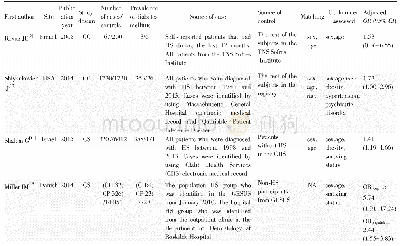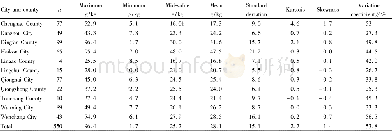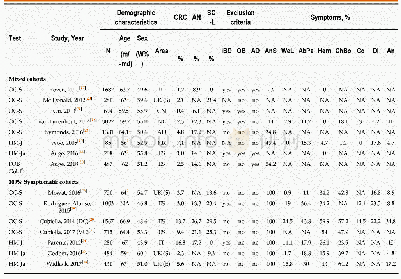《Table 1General characteristics of the MAGs retrieved in the present study from Guaymas Basin hydrot
aHigh quality:completeness>90%,contamination<5%;medium quality:completeness>50%,contamination<10%;low quality:completeness<50%or contamination>10%.
A phylogenomic tree of the MAGs from the current study(16)and public database(44)was further constructed using 16 concatenated conserved ribosomal protein sequences(see Section 2.5and Fig.1(b)).A total of 54 MAGs were classified into 11 different subgroups(Table S1),whereas six MAGs(ex4484_135,ex4484_205,M10_bin214,M10_bin241,M8_bin163,and JdFR-01)were categorized as unclassified due to the lack of 16S r RNAgene sequences.Similar to the phylogenetic analysis based on16S rRNA gene sequences,the subgroups Bathy-21 and Bathy-22are still located at the root of the phylogenomic tree,which suggests that these two linages may represent the ancient Bathyarchaeota types.Subgroups 1,3,5,6,8,15,and 17 have corresponding genomes and show similar topology with the 16SrRNA gene phylogenetic tree.Nevertheless,the phylogeny for subgroups 13 and 23 was not matched between the 16S r RNA-based and concatenated ribosomal protein-based phylogenomic analyses(Table S1).Considering the higher resolution and stability of the phylogenetic analysis based on concatenated conserved ribosomal protein sequences compared with 16S rRNA genes,the phylogenomic tree was used for further analysis.
| 图表编号 | XD0087978000 严禁用于非法目的 |
|---|---|
| 绘制时间 | 2019.06.01 |
| 作者 | 冯晓远、王寅炤、Rahul Zubin、王风平 |
| 绘制单位 | State Key Laboratory of Microbial Metabolism, School of Life Sciences and Biotechnology, Shanghai Jiao Tong University、State Key Laboratory of Microbial Metabolism, School of Life Sciences and Biotechnology, Shanghai Jiao Tong University、State Key Laborat |
| 更多格式 | 高清、无水印(增值服务) |
 提示:宽带有限、当前游客访问压缩模式
提示:宽带有限、当前游客访问压缩模式





